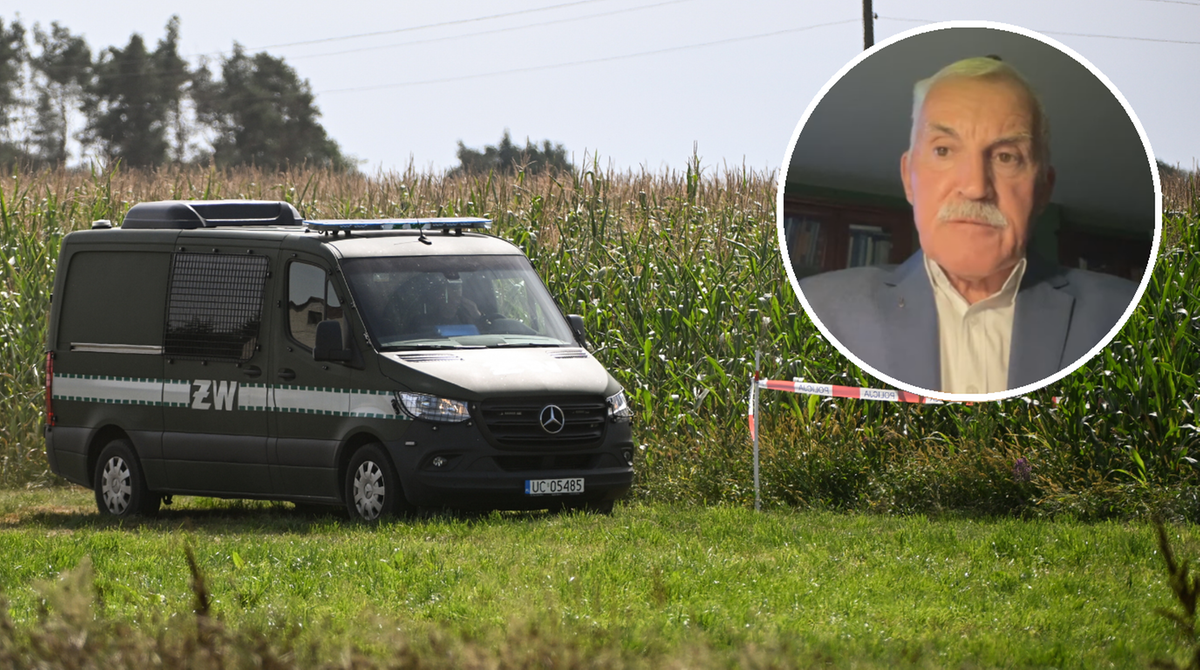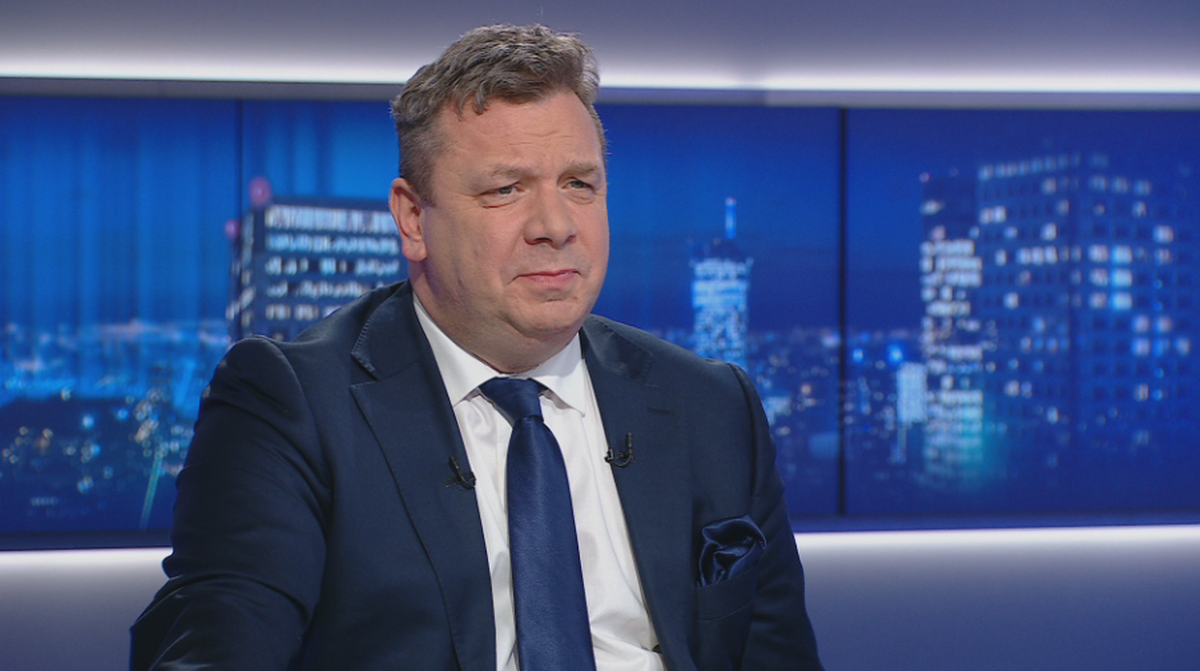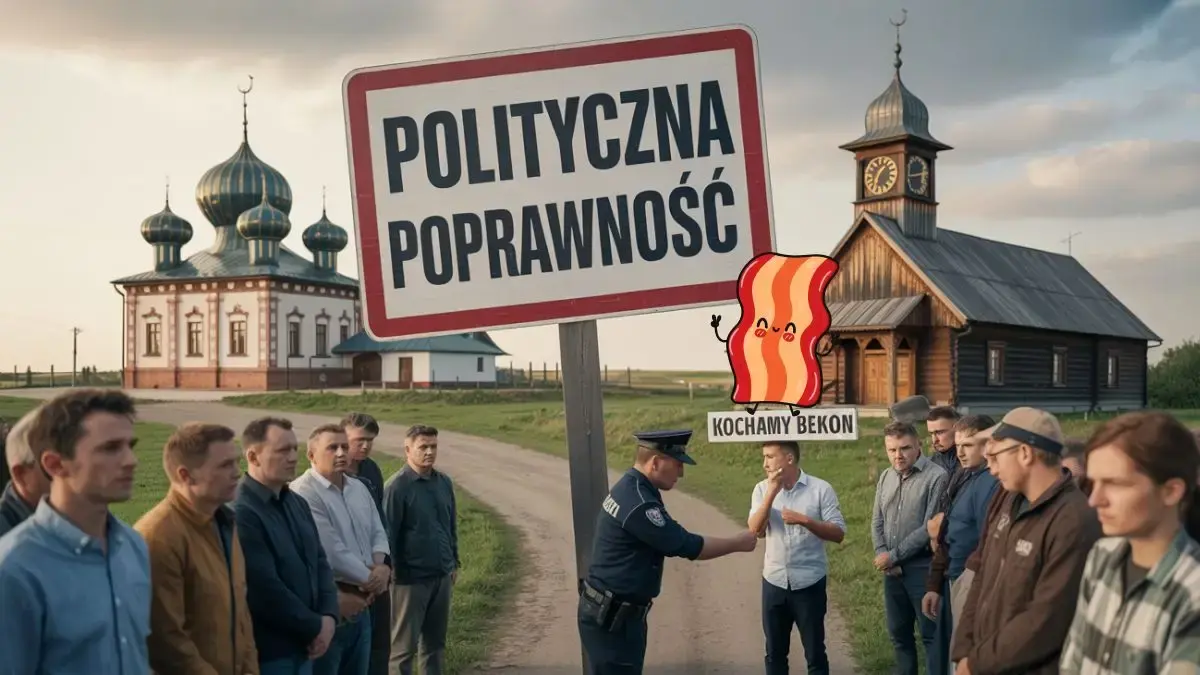Defenders of Polish borders, which the Red Army took prisoner in 1939, were surrendered to the NKVD against global treaties. To this day, Poland has not been given complete lists of names of people driving to death from places of imprisonment. We don't know where their burials are. There are besides ongoing efforts to further conceal the fact and lie history.
At the Katyń Museum in Warsaw there is an Epitaph commemorating the victims of the Katyń crime. Photo: Katyń Museum The Martyrological Branch of the Polish Military Museum
Police officers, prison guards, officers of the Polish army, 60% reservists, representatives of the Polish intelligence of many professions who went into russian captivity in the fall of 1939, were sent to peculiar camps of the NKVD ZSRS in Kozielsk, Starobielsk and Ostashkov. Just after six months, in the early days of April 1940, they set off transports carrying them to the places of the prison. Trains with later arrested, considered enemies of russian power and held in prisons in Brest, Vilnius, Pinsk and Baranovich, were headed for the executioner in Minsk, and from the prison of Lviv, Rivański, Volynski, Tarnopolski, Drhobycki and Stanislawowski were directed to Kiev, Kharkov and Kherson.
Until now, the Polish website has not been full transmitted List of names of people driving to death from these detention sites. We do not know many orders and executive reports, including all the dates of completion of executions sentenced to death by the decision of the KC WKP(b) of March 5, 1940. We don't know all the places to hide the body either. The remains of those lost in Minsk and Kherson, as well as those hidden outside the Polish War Cemetery in Katyn, Kharkiv, Miednoje and Bykownia, await a worthy burial for over 80 years.
New graves
During the 2000 works conducted in Katyn, Russian workers accidentally found, outside the Polish War Cemetery area, a fragment of the grave covering the remains of 9 Polish soldiers. The request to the Russian side to investigate, among another things, this grave, directed at the beginning of 2021 by the Office of Search and recognition of the Institute of National Memory with the support of the Ministry of abroad Affairs, was omitted by silence.
The request for examination of Polish graves in the cemetery in Głuboczyce, where the remains of the dead are buried in the NKVD peculiar camp in Ostashkowo, was besides omitted. At the burial site indicated by witness to the events of those days, there is only symbolic commemoration – 2 plaques on which there are 45 names.
Memory
There is no uncertainty that despite the resolution of the KC KPZR Politburo of 7 April 1990, in which the Russian side considered the Katyn crime to be "one of the most severe crimes of Stalinism", actions are constantly being taken not only to conceal and lie the truth, but besides to destruct the commemorations of the tragic fates of Polish citizens in Russia. Symbols of repression and execution of Polish citizens are destroyed in Russia, e.g. a cross placed on the shore of Lake Seliger, as well as a plaque dedicated to the victims of the Katyn crime dismantled from the execution home in Tver. It should be assumed that the existence of these commemorations and consent to the assembly of the plates in 1991 by the Tver authorities – will stay only in Polish publications and in the then Russian and Polish press.
The actions of the Russian side, which have late been peculiarly unfavorable about the memory of the victims, besides include the past of the exhibition "Ostaszków, mailbox no. 37", prepared by the IPN as an exhibition stood in the walls of the Ostashkov monastery. For a number of years there was a very modest exhibition (only in 1 room) dedicated to Polish prisoners imprisoned in the walls of the monastery from 1939 to 1940. In view of the worthy entry in the past of the monastery in Ostashkov, the destiny of the police imprisoned in its walls, Polish Police sought to enlarge the exhibition. As a consequence of efforts in April 2019, the Polish side presented 1 area for the Polish exhibition. The creation of the exhibition was entrusted to IPN. The inscriptions were written in 2 languages, Polish and Russian, based on russian documents, letters found during the exhumation of the dead and memories of those who survived. In April 2021, the politician of the monastery, Father Arkady, was recalled. With respect to earlier arrangements, action was taken to let the fresh Prior of the monastery to assemble the exhibition. In October 2021, the Metropolitan of Ambrose reported that the monastery museum was entirely dedicated to “the legacy of the venerable Nile”. Further efforts to evidence Polish past in the past of the monastery were discontinued after the Russian-Ukrainian War broke out.
Deported
To erase the memory of the slain were to contribute exports of their loved ones into the ZSRS, executed almost simultaneously with shootings. In this way, it was definitely wanted to free the memory bearers of the victims, who, like them, represented not only the other of the russian worldview, but besides constituted a certain spiritual, intellectual and social strength of the nation that they wanted to eliminate.
The russian side did not full release documents. Despite the passing of years, we are inactive far from mentioning by name all people mass-deported from 1940 to 1941, especially those who died in russian Russia. The remains of most of them were not dignifiedly buried in cemeteries, and their resting places are not commemorated.
The Institute of National Memory, carrying out the search for resting places of people who lost their lives as a consequence of the fight against the imposed totalitarian strategy or as a consequence of repression and cultural cleansing, undertook to establish a base of unfathomable burial sites of Poles in the erstwhile russian Russia. These queries allow, among another things, to know the names of the large number of citizens of the Second Republic who were deported in the first mass export to the Archangelic region February 5, 1940. They were mainly people from Nowogródzki, Poleski, Wołyński and Tarnopolskie voivodships. Only in February, at least 35 people died in exile and immediately after arriving at the scene of the repression. By analyzing the data collected, it is known that by the time of amnesty only in this circuit, due to hard working and surviving conditions, hunger, injuries and diseases, no little than 200 people died each month.
About the Truth
The memory of the widely understood Katyn is reflected primarily in love, especially family, and universal respect for the attitude of the victims, identical to the call of “God – Honor – Homeland”. It besides gives overgenerational unity to the strategy of values. In the name of this memory, we try, despite decades since the Katyn crime, to uncover the fact about the destiny of all its victims and their burial sites.
In connection with the 85th anniversary of the Katyn crime, we prepared a peculiar edition of “Polish Armed Forces”.
Feel free to read!



